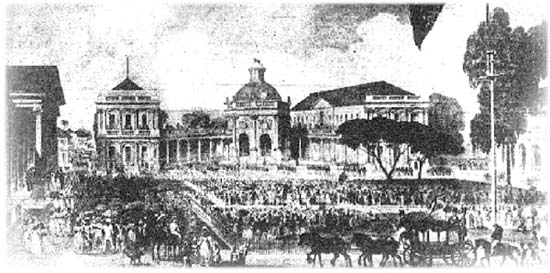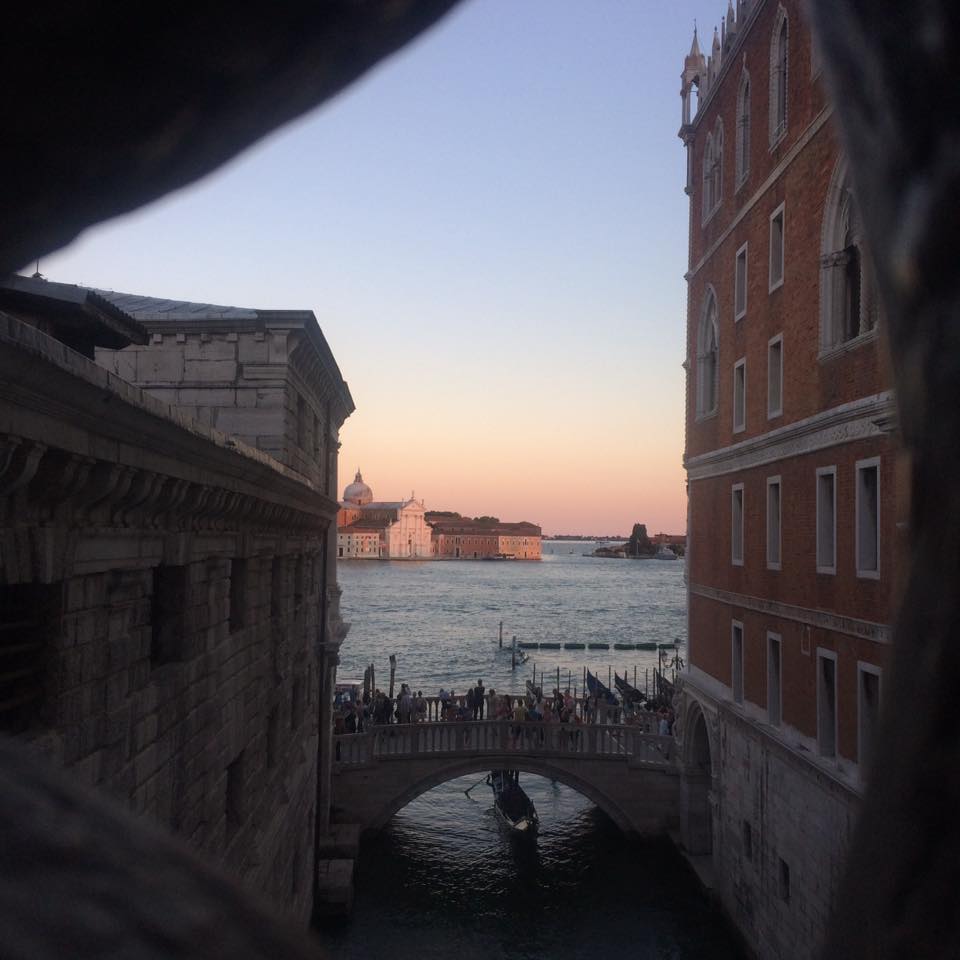
In Jane Eyre, Jane often refers to a feeling of servitude and submissiveness when succumbing to the will of predominantly male charters in the text. When she is unsure or willing to give in to her perceived masters, her ties to Jamaica often free her of the bondage that she fears. This is evident in three different times of the text. The first is the acknowledgment of Jane's uncle when Mrs. Reed dies. The second is the appearance of Mr. Briggs, who stops the wedding between Jane and Mr. Rochester, and the third is receiving the news of her uncle's death and the accompanying money of her inheritance. All these instances represent a breaking point from Jane's perceived oppressors. For example, when Jane Receives the...
more

